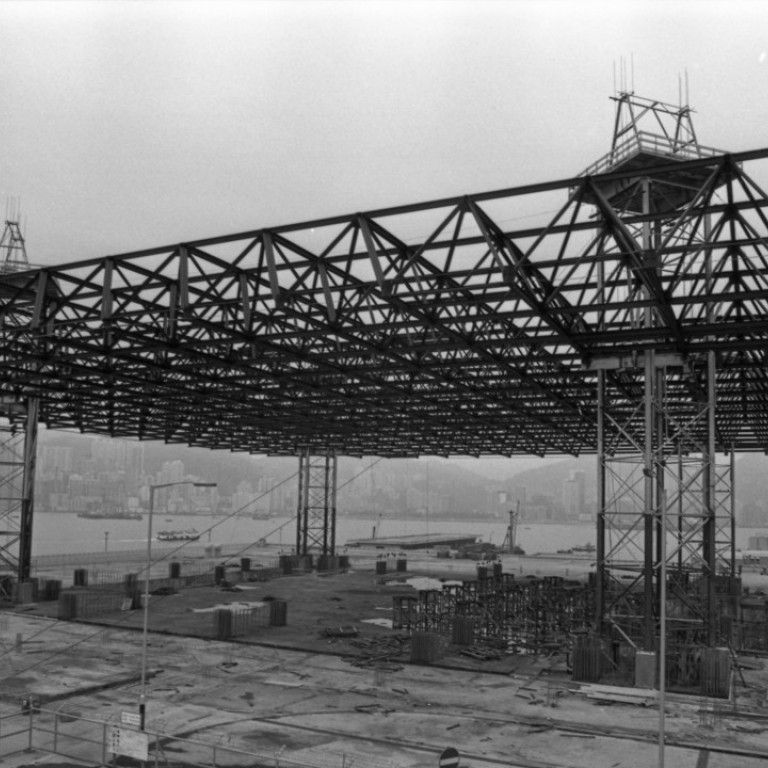
Why the Hong Kong Coliseum was built – to meet demand and avoid embarrassment
At a cost of HK$140 million, the stadium was hailed as a ‘tribute to leisure’ when it finally opened in 1983
“Hong Kong needs a 15,000-seat covered sports stadium by 1970, an Urban Council committee says. A site at the Hunghom reclamation would be acceptable,” ran the story in the South China Morning Post on January 5, 1966.
The need for a stadium was clear, the committee had argued, “as Hong Kong was growing until it would soon compare with Lancashire, Greater Paris or Greater Osaka” the story continued. This, “along with a high proportion of young residents, the gulf between young and old, the effects of improved education, living and leisure standards, and the pressures of limited space, [had] resulted in a ‘tremendous upsurge in the demand for public recreation facilities of all kinds.’”
Hong Kong Coliseum would be a long time coming. On November 21, 1968, the Post reported that the Urban Council had accepted in principle a feasibility study for a HK$10 million indoor stadium. But it would be 1976 before work began on the by then HK$60 million facility.
The presence of the Hunghom indoor stadium will save any embarrassment when we stage an international event. Most foreign visitors laugh when they see our facilities
“The stadium, to be one of the largest of its kind in the world, will be constructed on the podium deck above the new railway marshalling yard next to the new Hunghom station,” the Post reported on February 27 of that year.
Local sports chiefs welcomed the news. “The presence of the Hunghom indoor stadium will save any embarrassment when we stage an international event,” Hongkong Badminton Association president, Tong Yun-kai, told the Post on March 1. “Most foreign visitors laugh when they see our facilities,” he added.

The stadium, which was to seat 14,000 people, would provide a 17,000 sq ft arena with space for two basketball or volleyball courts, or eight badminton or 24 ping-pong tables. “Judo and boxing contests, as well as skating and variety shows will also be held in the new facility”, the Post reported.
Long overdue, “the Government’s HK$140 million tribute to leisure [officially opened yesterday] with all the razzamatazz of a Broadway Show,” with a ceremony followed by a football tournament, the Post reported on April 28, 1983.
“The crowd roared its approval when the Governor’s arrival outside the stadium shortly after 8 pm was projected live on to a huge four-sided video screen suspended high above the arena,” the story continued. Once inside, “Sir Edward [Youde] looked bemused when he saw his own face – larger than life – smiling down from above the 1,600 sq metre arena.”
Our reporter noted the opening had coincided with the 100th anniversary of the Urban Council – not an idea that had been on the agenda back in 1966.
